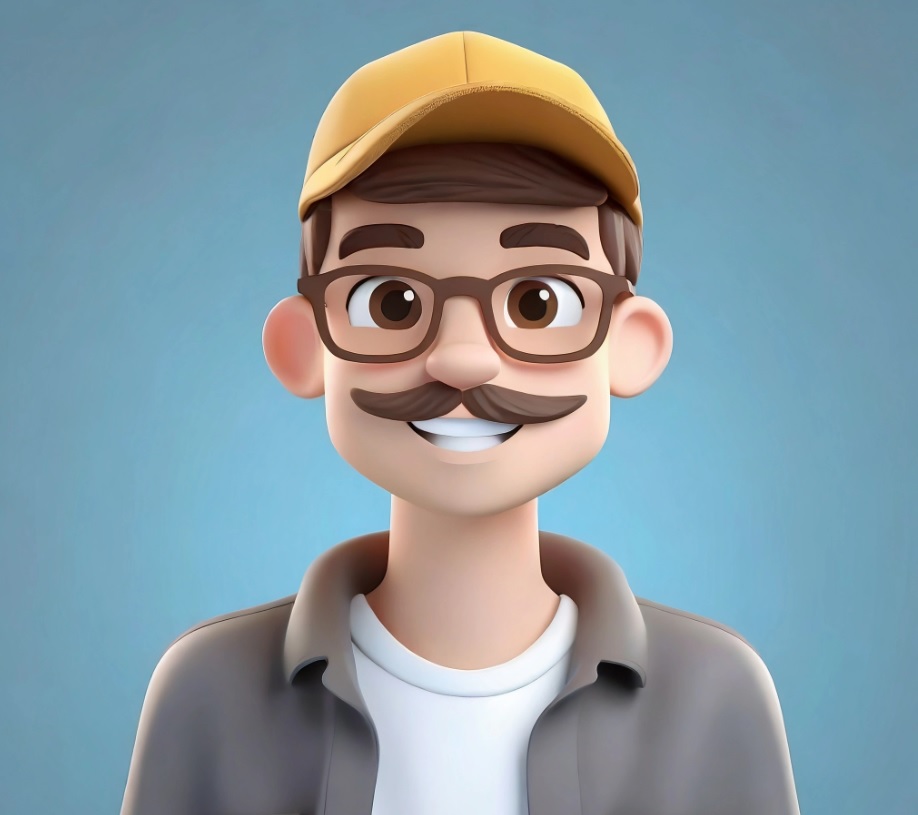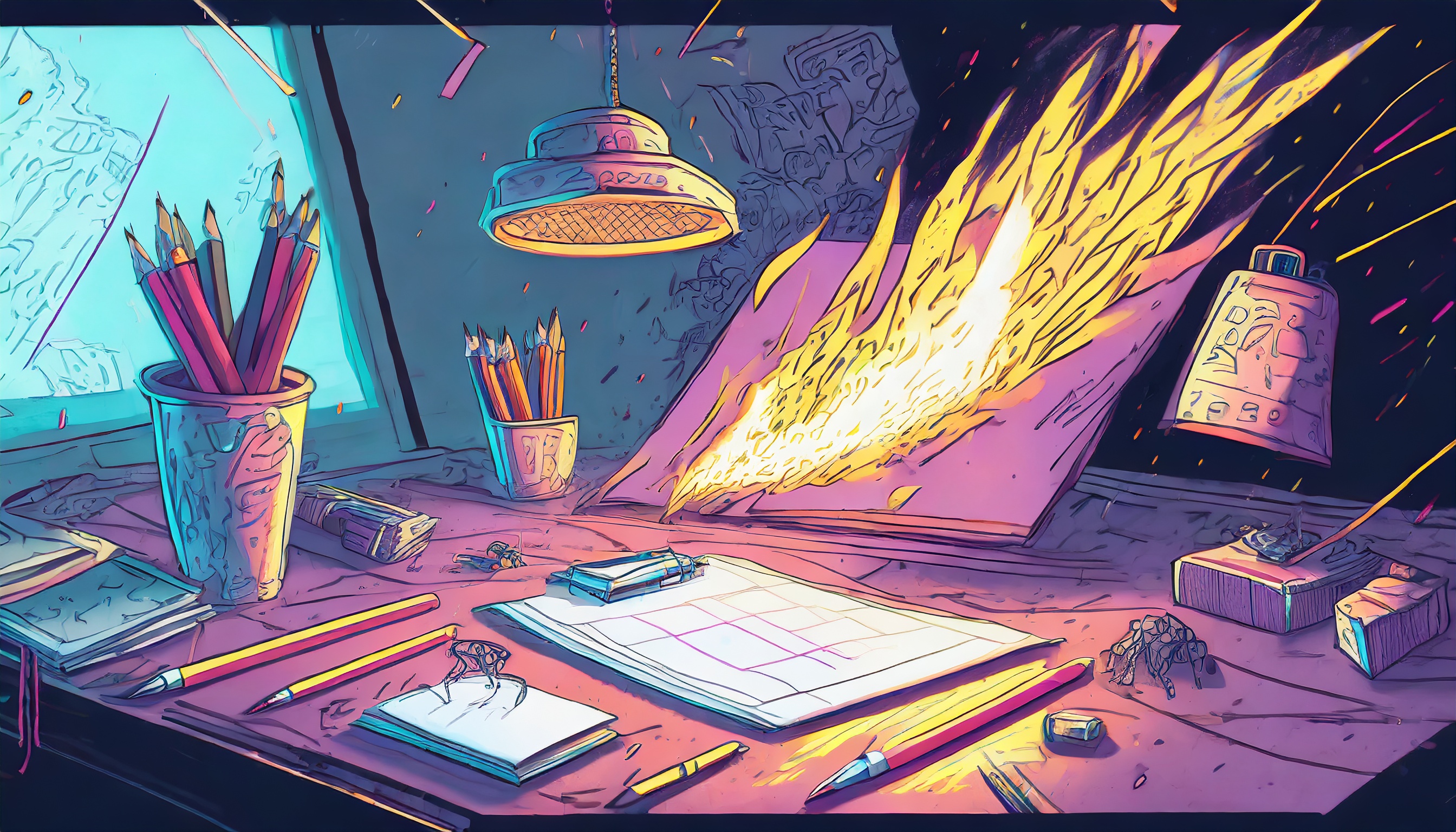How to Use Artificial Intelligence to Create 3D Animations - A Practical Guide
 Damian Bartek
Damian Bartek
Artificial intelligence (AI) is a hot topic nowadays. For some, it is a revolution full of excitement, for others, it is a fear of losing their jobs. One thing is certain - this machine cannot be stopped. Personally, as the owner of an animation studio and a creator of animated commercials, I am fascinated by the possibilities that AI offers for animation. In this article, I will share with you some practical tips on how to use AI to create 3D animations.
Writing Scripts with Chat GPT
A great tool for writing scripts for animations is Chat GPT. This is an AI-powered chatbot that can generate natural and engaging dialogues based on your input. You can use it to brainstorm ideas, create characters, and write dialogues for your animations. For example, you can start by typing:
You: Hello, I want to create an animation about a superhero who fights against a giant robot.
Chat GPT: Hi, that sounds like an interesting idea. What is the name of your superhero and what are his or her powers?
You can then continue the conversation and let the chatbot help you develop your story. You can also use Chat GPT to generate different versions of the same dialogue, and choose the one that suits your style and tone best.
Generating 3D Models with DALL·E
One of the most challenging and time-consuming tasks in 3D animation is creating 3D models. Fortunately, AI can help you with that too. DALL·E is an AI system that can generate realistic and diverse 3D models based on your text or image input. For example, you can type:
a blue dragon with wings and horns
And DALL·E will generate several 3D models of blue dragons with different shapes and poses. You can then select the one that you like the most and download it as a 3D file. You can also use DALL·E to create 3D models of objects, animals, humans, and even abstract concepts.
Animating 3D Objects with RunwayML
Once you have your 3D models, you need to animate them. This is where RunwayML comes in handy. RunwayML is an AI platform that allows you to animate 3D objects using various techniques, such as motion capture, pose estimation, and style transfer. For example, you can use RunwayML to:
Record your own movements with a webcam and apply them to your 3D models.
Use a pre-trained model to estimate the pose of a person or an animal in an image or a video and transfer it to your 3D models.
Use a style transfer model to change the appearance of your 3D models according to a reference image or a video.
RunwayML is very easy to use and does not require any coding skills. You can simply drag and drop your 3D models and your input files, and let the AI do the rest.
Rendering the 3D Scenes with Unreal Engine
The final step in creating 3D animations is rendering the 3D scenes. This is the process of generating the final images or videos from your 3D models and animations. Rendering can be very demanding and time-consuming, especially if you want to achieve high-quality and realistic results. However, AI can also help you with that. Unreal Engine is a game engine that uses AI to render 3D scenes in real-time. It uses a technique called ray tracing, which simulates the way light interacts with objects and materials in the scene. This creates stunning effects, such as shadows, reflections, refractions, and global illumination. Unreal Engine also uses AI to optimize the performance and quality of the rendering, by adjusting the level of detail and resolution of the scene according to the available resources.
Unreal Engine is not only a powerful tool for rendering, but also for creating and editing 3D scenes. You can use Unreal Engine to:
Import your 3D models and animations from other software, such as DALL·E and RunwayML.
Add lights, cameras, sounds, and effects to your 3D scenes.
Use the built-in editor to modify and customize your 3D scenes.
Use the sequencer tool to arrange and edit your 3D animations in a timeline.
Unreal Engine is free to use for personal and educational purposes, and it has a large and active community of users and developers.
Conclusion
As you can see, AI can be a great ally for creating 3D animations. It can help you with every step of the process, from writing scripts to rendering scenes. It can also save you a lot of time, money, and effort, while allowing you to unleash your creativity and imagination. As Michał Lewandowski at blog.przetwor.com said:
“AI is not a threat to animators, but a tool that can enhance their work and make it more fun and rewarding.”
I hope you enjoyed this article and found it useful. If you have any questions please let me know.
Subscribe to my newsletter
Read articles from Damian Bartek directly inside your inbox. Subscribe to the newsletter, and don't miss out.
Written by

Damian Bartek
Damian Bartek
Im a motion graphic designer